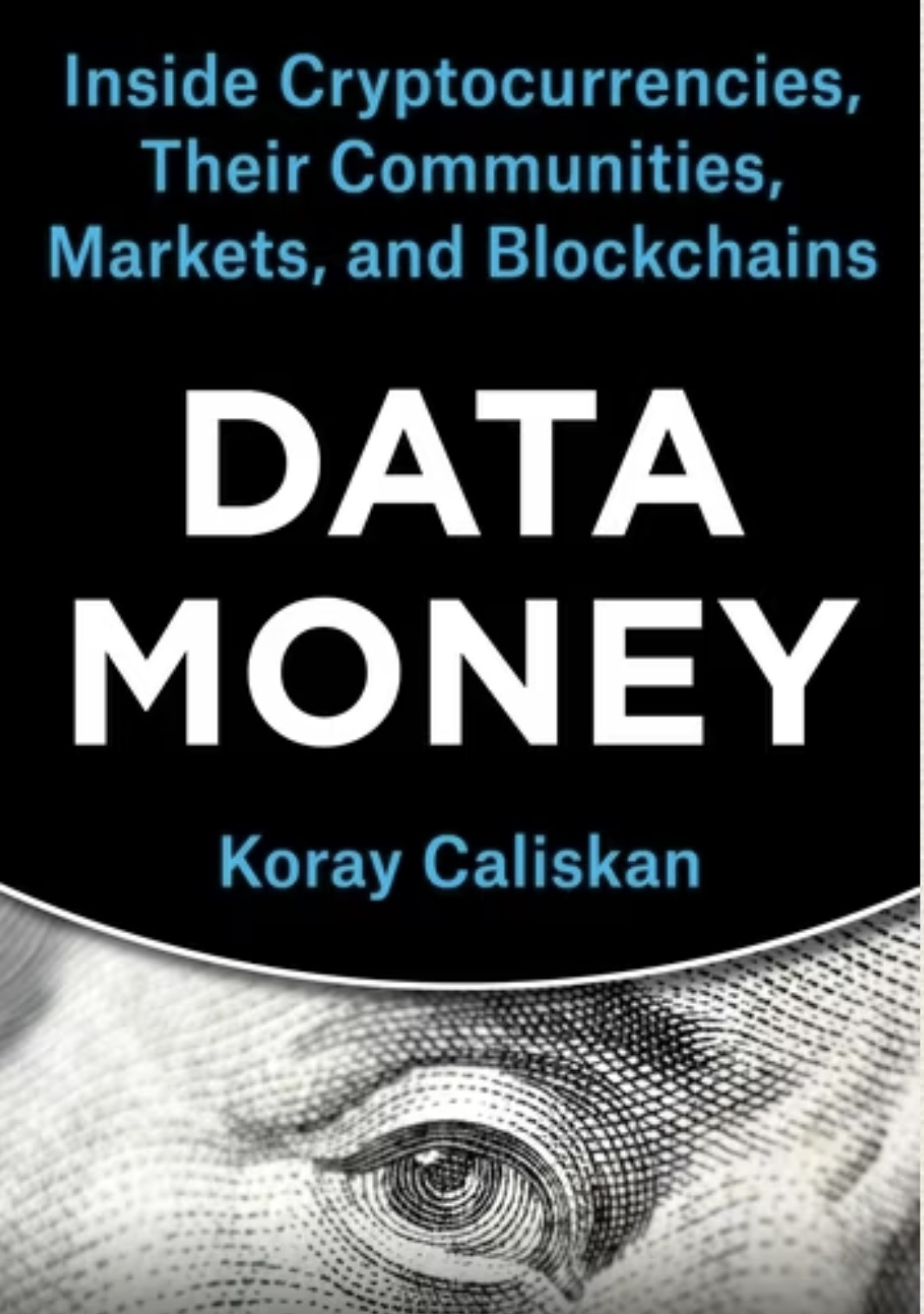
Koray Caliskan, Associate Professor of Strategic Design and Management at Parsons, Debuts New Book “Data Money”
Cryptocurrencies have had many ups and downs these past few years. They reached a market capitalization of $2.5 trillion in 2021, but then saw their values plummet in 2022.
Koray Caliskan, an Associate Professor of Strategic Design and Management in the School of Design Strategies at Parsons, recently wrote a book, “Data Money,” that explores the world of new monies, and offers an ethnographic analysis of crypto economies and their global markets and communities.
The book was inspired by Caliskan’s interest in understanding new monies and new financial communities through a sociological perspective. Through his research, he sheds light on the reasons for why people invested in cryptocurrencies, their place in the market, and more.
“My gut feeling, the sociologist inside me, was telling me that there was a new story to be told,” he shares. “So I spent three years trying to understand cryptocurrencies and study their blockchains. I carried out ethnographic fieldwork in one global crypto market, and also among one crypto community.”
Depending on the reader, there are a variety of unique and innovative lessons to be learned and applied. The book includes investment strategies, as well as ideas on how to design blockchains and new cryptocurrencies. Additionally, readers will understand how new money materials are being used by people on the ground, what financial regulation and taxation looks like, and how cryptocurrency exchange platforms operate.
Recently, Caliskan hosted an event at the School of Design Strategies that brought together sociologists, economists, and designers to discuss, analyze, and create innovative money systems. The event offered a glimpse into the evolving landscape of new finance and economic design.
Marisa Morán Jahn, an Assistant Professor of Design Strategies, hosted the event, donning an Aphrodite costume as she recounted the Greek goddess’ concerns as paper money began to supplant metal currency in the 13th century. Now, with the emergence of data money, she posed the intriguing question: What lies ahead for paper monies?
Dr. Gil Eyal, a prominent sociologist from Columbia University, explored the intricate relationship between trust and the sociological conditions that foster it, where his insights provided a profound understanding of the pivotal role trust plays in modern finance. Burak Arıkan, a renowned crypto artist, took the stage to unravel the intricacies of cryptocurrency and blockchain development. His talk highlighted the careful consideration given to the financial and verification needs of diverse communities, underscoring the importance of inclusive monetary systems. Dr. Eric Schwartz, the Editorial Director of Columbia University Press, moved the audience with an engaging presentation that intertwined the narrative of “Data Money” with the rollercoaster ride of the cryptocurrency markets. His insights shed light on the challenges and triumphs of crafting a book in sync with the volatile crypto landscape.
The thought-provoking discussion was followed by an extraordinary endeavor that merged economic sociology with innovative money design. Prepared and led by Istem Akalp, and skillfully facilitated by Ritika Survawanshi, Çağla Yıldırım, Pattra Sikkamann, Grey Kao, Anoushka Somani, Flore Kugel, Alexandra Marechalle, and Mrinal Jadhav, a money design sprint focused on creating new cryptocurrencies tailored to five specific communities: People over 75, Women, People with Disabilities, Artists, and Undocumented Immigrants.

The culmination of this sprint was an opportunity for attendees to invest in the token corresponding to their chosen project, ultimately determining the most popular initiative. The group that envisioned a novel currency for Undocumented Immigrants emerged victorious, receiving the lion’s share of tokens and earning the sprint’s top honor.
To cap off this intellectually stimulating event, the proceeds from the sale of Caliskan’s book were donated to an NGO dedicated to supporting undocumented immigrants. This act of solidarity underscored the event’s overarching theme of forging a more inclusive and equitable financial future.
“For two hours, social scientists and designers came together to make and make sense of monies,” said Caliskan. “The group who designed a new cryptocurrency for undocumented immigrants showed the socio-technical nature of money and how it can be crafted and economies to address old needs with new tools. We will be witnessing a Cambrian explosion of money in the next decade. It’s time to learn to make them.”